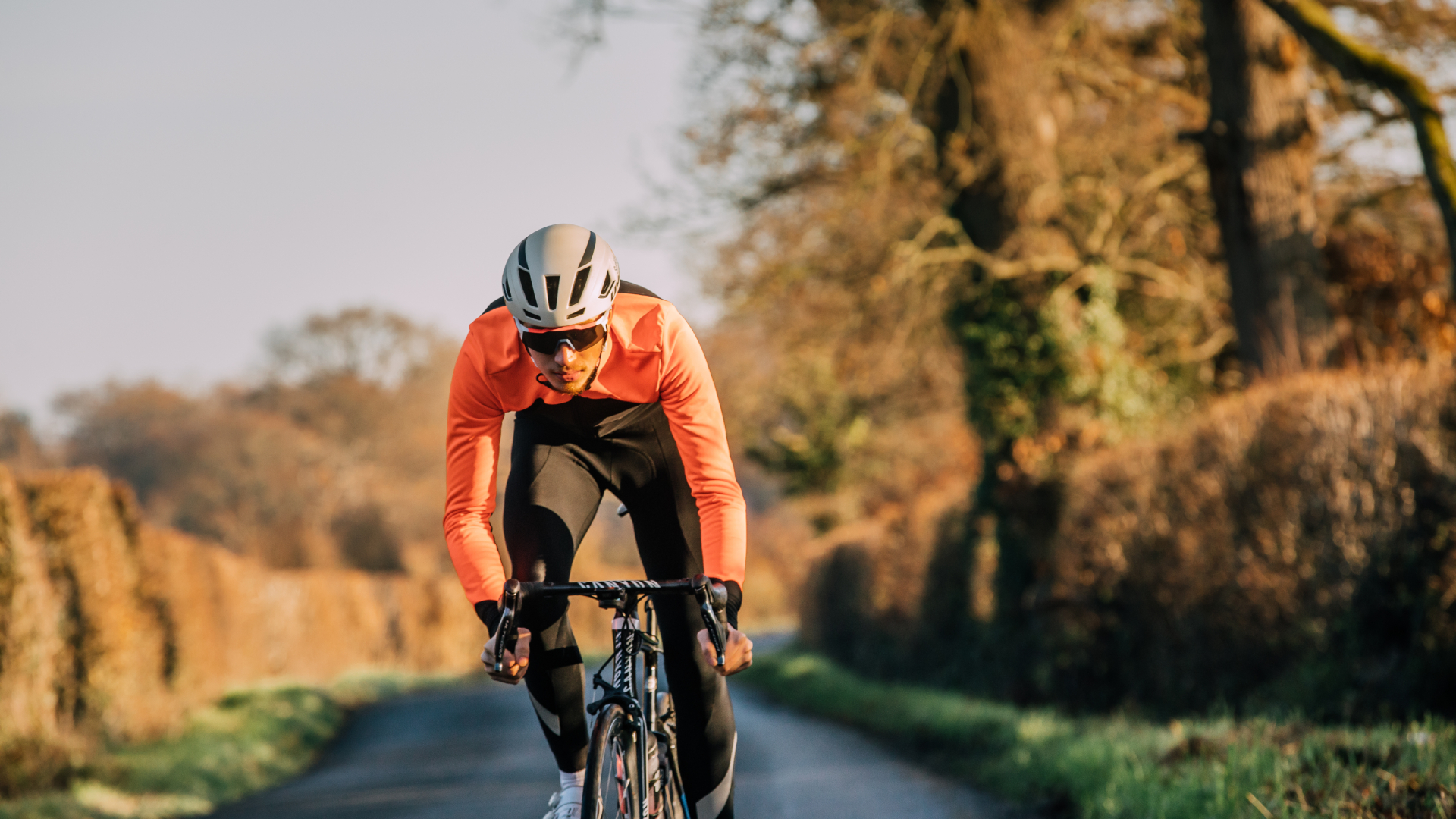
It's a fresh new year: the days are lengthing, the excesses of the festive period are now in the past and aspirations for the summer might already be set. But like any new flame, to stoke it into a roaring fire requires due care and attetion early on.
To that end, here's 21 tips for making 2024 your best year for cycling yet - with advice ranging from how to land on motivational targets, mix up your training, boost your fitness and get the best from your equipment.
1. Hold yourself to a goal
You shouldn’t need an excuse to head out on your bike, but it can sometimes feel like a struggle at this time of year, with the temperatures remaining low after a long winter. Signing up for an event can be all that’s needed to add that extra bit of motivation to get out the door. Alternatively, simply setting a weekly time or distance goal on Strava can do the trick.
It worked for me: “I’ve been a keen cyclist for 30 years and was looking for a trip that would push me to my limits. I signed up for the Scottish end-to-end taking place this May. A personal trainer has been helping with my core strength, and I’ve been training indoors and out all winter long. The next step is to start undertaking longer rides with hill reps.” – James Mercer, 62, Edinburgh
2. Build in some stepping stones

If your target event still seems a long way off, it can be tempting to skip that midweek tempo or cut short your long Zone 2 ride at the weekend. Keep yourself accountable by peppering your cycling training plan with shorter events, such as UK Cycling Events’s Classic series, offering rides of varying lengths across the country between March and October. Such ‘stepping stone’ events can be used as yardsticks to see how your fitness is progressing. Just remember to factor in extra recovery too.
It worked for me: “I have some sportives in the calendar for later this summer, so I signed up for February’s Hell of the Ashdown with my club Kent Velo Girls. It got me a bit more focused earlier in the year, and gave me the impetus to get out on my bike in January and February when it was cold – as well as the confidence that I could do it.” – Candy Wilton, 57, Kent
3. Break new ground
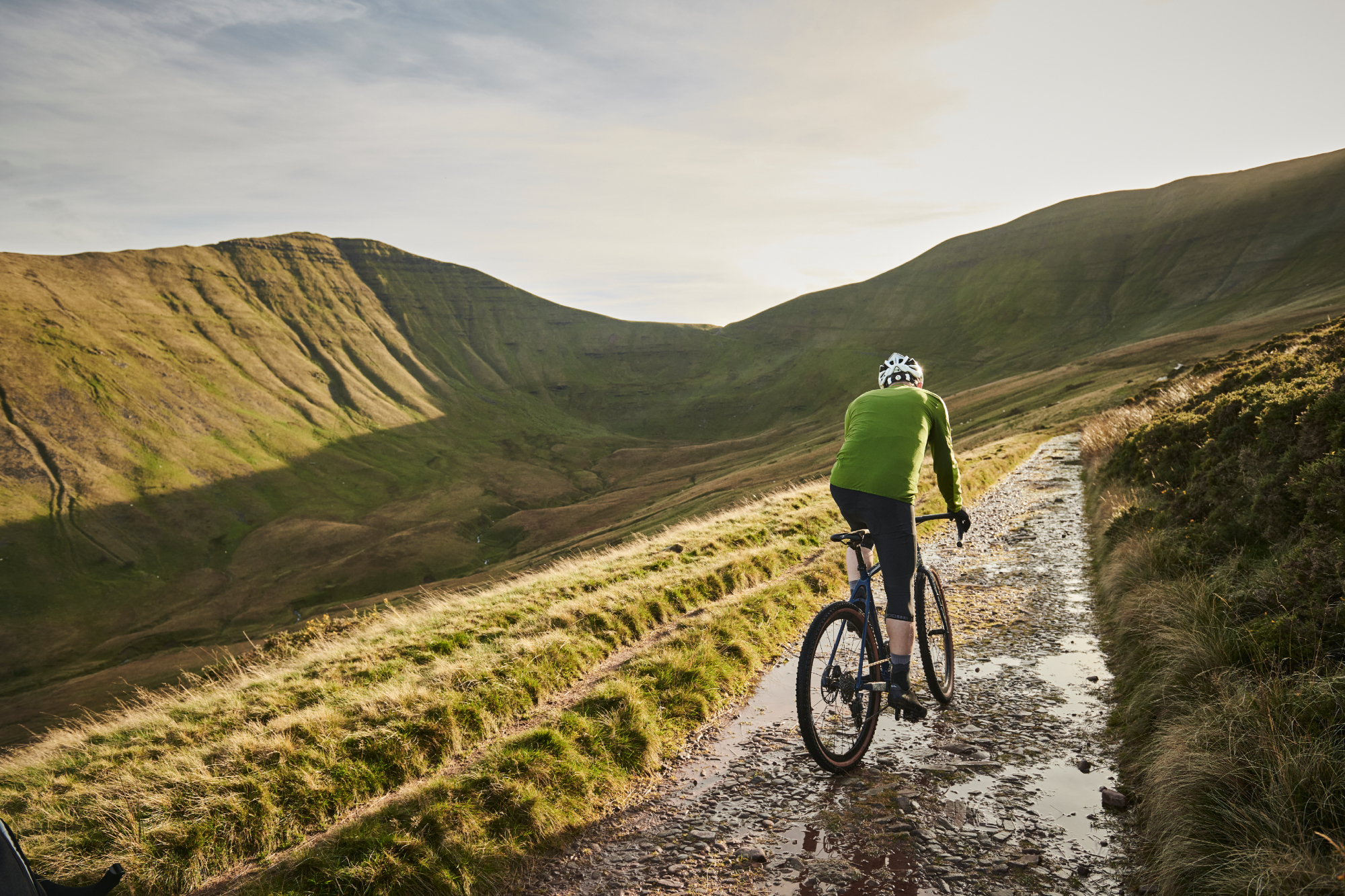
Being on two wheels lets you sample a whole host of different experiences. If your regular training loops are feeling stale, why not mix it up by firing up komoot or Strava and finding some new routes in your local area? Alternatively, make a weekend of it and explore another area of the country. Take on a classic adventure such as the C2C from Whitehaven to Tynemouth in the UK or just tick off some of the thigh-burning hills from Simon Warren’s 100 Greatest Climbs. You could go even further and try a new discipline: time trials, gravel, or (whisper it!) a triathlon. Mixing things up adds freshness to your training and helps justify buying that n+1 bike you’ve been coveting!
It worked for me: “Gravel and off -road riding allows you to explore new places in your local area where you’ve not been before. You come out at the end of the path or bridleway onto a road that you know but which you’ve only ever ridden past on your road bike.” – Sam Hester, 34, Essex
4. Chase the sun
Add some warm sunshine to your spring rides by booking an overseas trip. Although warm-weather training can seem like a luxury reserved for the pros, it’s more affordable than you might think. If you’re going down the DIY route, return flights from the UK with a bike bag to cycling hotspot Girona, Spain, in April start at around £300, while a basic Airbnb will set you back as little as £50 per night. If you’re reluctant to trust a budget airline with your pride and joy, Bike Rent Girona offers a high end Bianchi Aria with a Shimano Ultegra Di2 12-speed drivetrain for €60 per day, and the longer your hire period, the lower the price. It doesn’t have to be a training-focused trip. Tour company Rolling Dreamers offer amazing bikepacking expeditions across the white gravel roads of Italy, and you can opt for a fully guided trip complete with accommodation for €1,990.
5. Bag a bargain
Now is a great time to refresh your cycling wardrobe and equipment, and it can be a good time to take advantage of a deal on ‘old’ (read: last year’s) kit. If you’re yet to take the plunge and invest in a power meter, 2024 could be the year to embark on Watts-based training.
It’s not just tech that helps keep your training on track. Having the right clothing on hand will help you withstand spring showers. Rapha’s Core Rain Jacket II is light enough to be stashed in a jersey pocket or bar bag and forgotten about but offers excellent protection from the elements. It’s currently available at 29% off, making it a fraction of the cost of most premium waterproof shells.
6. Appoint your own DS
Splashing the cash on upgrades to help you go faster is all well and good, but you might be better off investing in yourself by hiring a cycling coach. Costs start at around $/£100 per month for a tailored training plan and regular analysis, up to $/£300-plus per month if you want the full, pro-level package with daily updates, nutrition plans, and strength and conditioning advice. Finding the right coach is completely personal and, thanks to tools such as TrainingPeaks, you don’t have to be limited by location. British Cycling’s website has an extensive directory of qualified coaches to choose from, while TrainingPeaks also has the function to pair you with a coach depending on your motivation, cycling goals, and abilities.
It worked for me: “The main benefit from getting a coach, in my experience, was realising that motivation is a finite resource. To achieve results, you need discipline and accountability, which come naturally with a good coach. It allowed me to focus my energy purely on the training, knowing that all the planning was taken care of with quality sessions tailored around a busy work schedule and social life.” – Jack Flanagan, 31, London
7. Reset your training zones
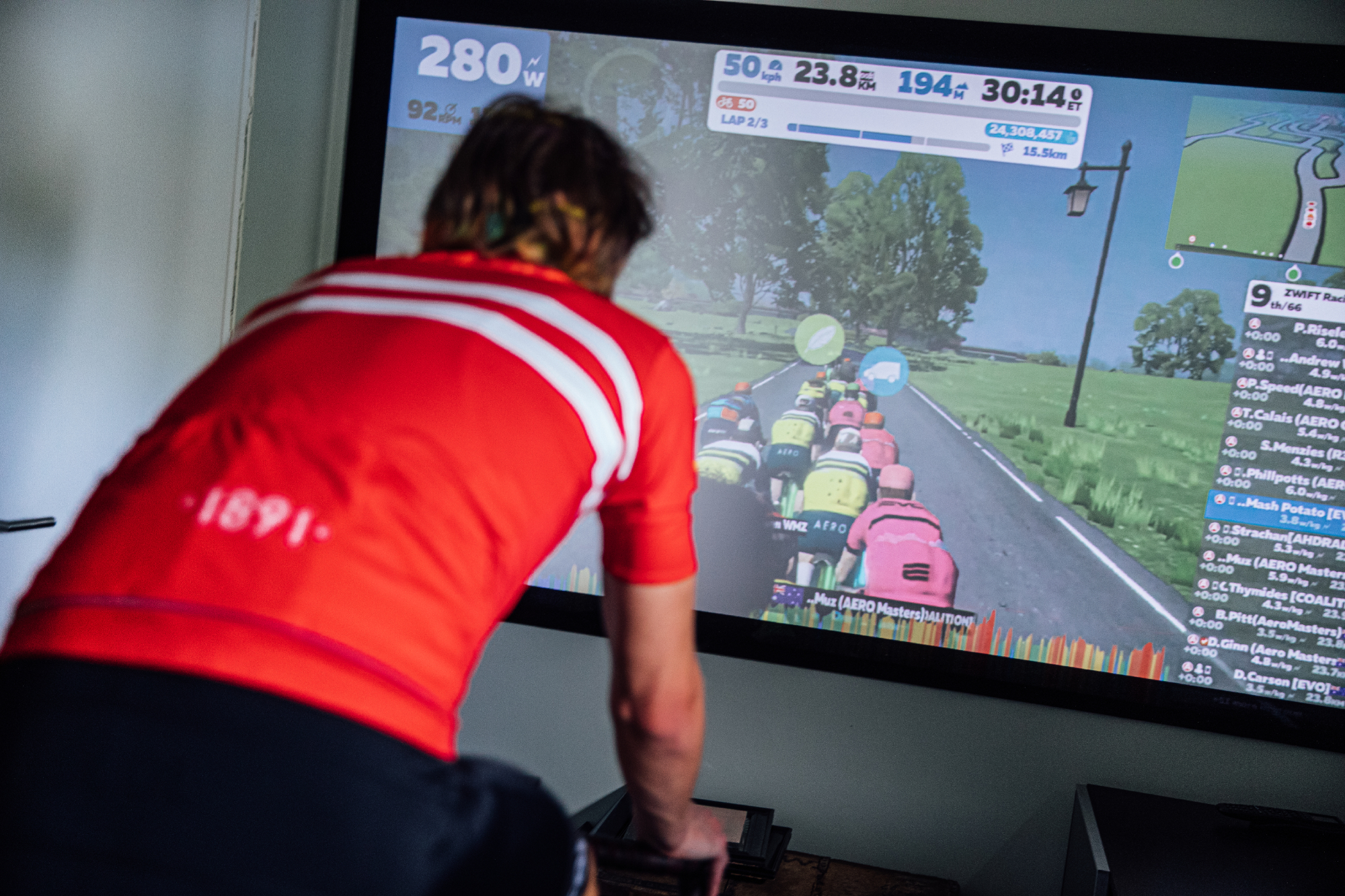
Last year’s power training zones should be left in 2023. “It’s quite a good idea to test [even] if you’ve been off for a week or two. You don’t want to be working at too high an intensity for where you’re at, otherwise fatigue will build up,” explains Andy Turner, coach at ATP Performance. Turner recommends testing on a 12-week basis and prefers critical power testing over FTP: “You get an overall power profile and you can see the effects of the training you’ve been doing.”
8. Sharpen your form
As the season approaches, coach Turner has his clients complete race-specific efforts during hard sessions. “Before, the repeats were building lactate shuttling or maximum aerobic power. Now we combine both objectives.” One sample session that simulates the finish of a race on a hilly circuit includes a 30-second attack, 90 seconds at maximum aerobic power (equivalent to max five-minute power), eight to 10 minutes at critical power, before emptying the tank for the last 30 seconds. He suggests taking a 70:30 polarised approach to training, saving your hard efforts for when you’re fully rested and recovered.
9. Keep building your base

Don’t let the improving weather tempt you into over-enthusiastic smash-fests and attempts on Strava KOM segment records. It’s important to keep the majority of your training at an endurance pace to ensure you’re primed and ready for the high-intensity efforts. “Once you cross the first lactate threshold, which is about 70-75% of critical power, you start generating more fatiguing metabolites,” explains Turner. “Working at above lactate threshold is significantly more tiring, whereas working at a slightly lower intensity still gives you a training benefit without going too deep, meaning you can do a better quality high-intensity session the next day.”
10. Classically inspired
After the early-season, form-finding stage races, the pro cycling calendar turns its attention to the Classics. The Tour of Flanders, ParisRoubaix, Amstel Gold Race and Liège-Bastogne-Liège are among the one-day highlights over the next few months. They’re well worth watching on TV – or better still, venture over to Belgium and spectate at the roadside with some strong beer and frites.
Although the racing is often unpredictable, it can be a good indicator of form before the Giro d’Italia and Women’s Tour.
11. Ride a virtual classic
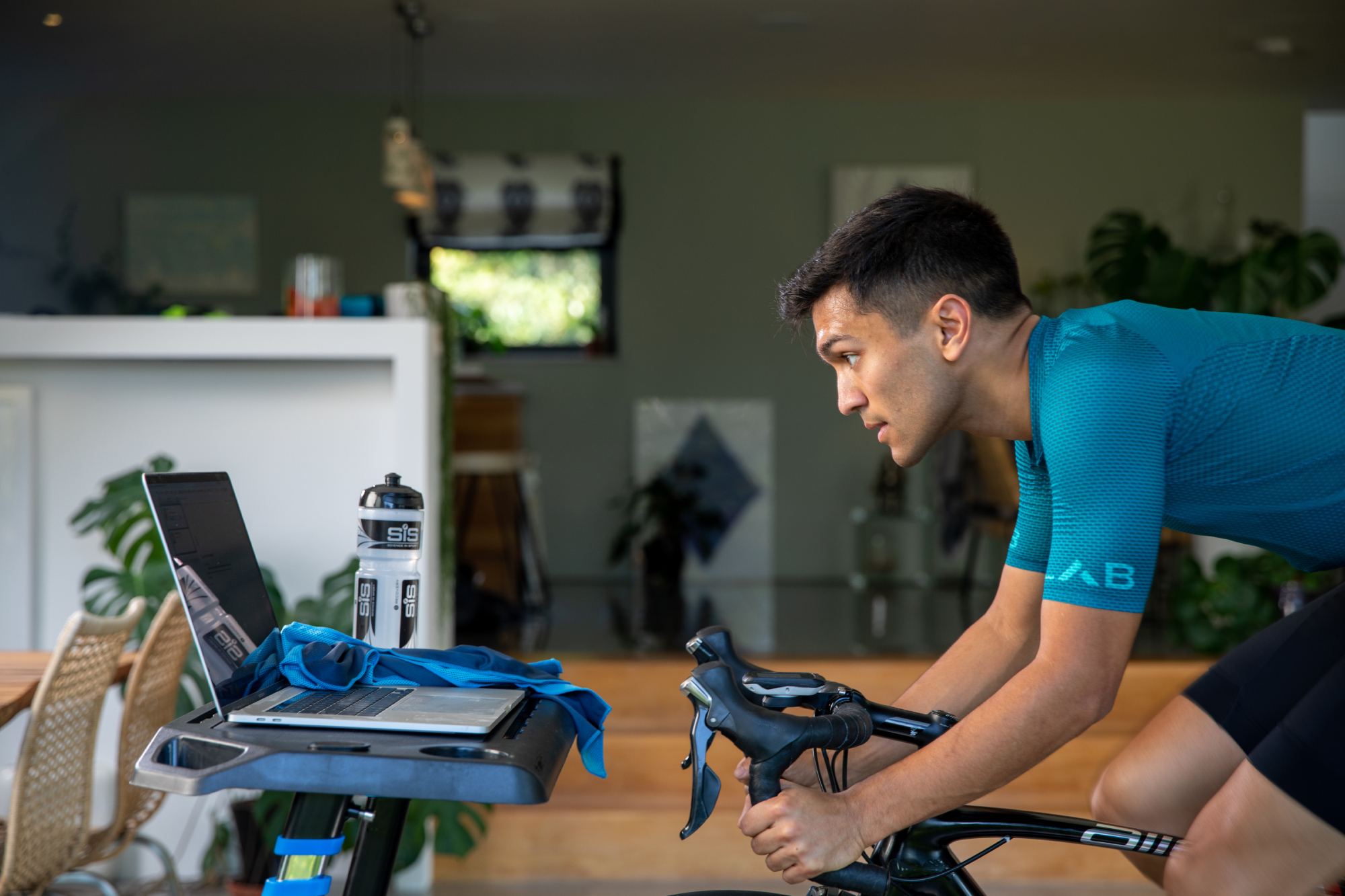
Although you won’t get covered in the customary dirt and dust found in the fields of northern Belgium, it’s possible to simulate elements of the action from the comfort of your own home on an indoor trainer. Zwift hosts a wealth of events celebrating the Classics, along with Classics-inspired workouts to get a sense of what it takes to actually contest a Monument. Fire up the ParisRoubaix training session Aussie icon Mat Hayman used during his recovery from a broken arm to win the legendary race in 2016 – though be warned, it’s not for the faint-hearted.
12. Gradually reintroduce the great outdoors
If you haven’t left your pain cave since the start of winter, it’s worth having a quick refresher on riding outside. It sounds obvious, but IRL roads come with added obstacles and dangers such as potholes and other vehicles, so it’s important to keep an eye on the road ahead and your wits about you. Rather than leaping straight back into outdoor rides, you could gradually reintroduce them while continuing to do high-intensity efforts on the turbo. Venturing into the big wide world also means remembering to pack an inner tube, multi-tool, and that waterproof to guard against spring showers.
13. Finesse bike-handling skills
A winter spent whizzing around on Watopia can work wonders for your FTP but does nothing for your bike-controlling abilities. If you find yourself halfwheeling, overlapping, or struggling to hold the wheel in front of you in a group, try to focus on improving your paceline technique, slowing things down, and increasing the gaps between riders if necessary. Get your braking done before you tip into corners, and hold a line that gives you the best possible view ahead. British Cycling’s website has useful resources and video guides focused on improving bike-handling, while most cycle coaches and clubs offer advice and drills as part of technique-based sessions.
14. Schedule an easy week

The longer days may be permitting longer pre and post-work rides, but it’s important to factor in a lower-intensity week of riding every three to four weeks. “Deloading allows some of the training adaptations to happen,” says coach Turner, and it also minimizes the risk of overtraining. In terms of load, he advises knocking back the training stress to roughly 60% during a lower-intensity week by including a “much lower duration of intensity” or dropping the hard sessions completely, instead focusing “more on cadence and neuromuscular drills”.
15. Don’t rush back from illness
It might be frustrating to miss a blue sky riding day, but if you come down with an illness or suffer an injury, it’s best to rest up and recover rather than push through. The British Medical Journal’s (BMJ) graduated return to play guidelines, drawn up for athletes recovering from Covid-19, are applicable to exercising after any viral infection. If symptoms are below the neck, such as a fever, chesty cough, shortness of breath, chest pains or palpitations, the guidelines recommend taking five days off to recover before resuming light exercise and gradually easing back to normal training.
16. Rehearse your fuelling strategy

Like your on-bike fitness, your gut needs to be trained to be able to handle the nutrition demanded by a big ride. EF Pro Cycling’s head of performance nutrition Will Girling says a good rule of thumb is to consume between 60-90g of carbohydrates per hour for rides between 1.5 and three hours, and 90g per hour if riding for longer than three hours. “This intake will help maintain performance, and bear in mind it can be quite hard to replenish your energy stores if you don’t eat well on the bike.” Girling urges riders to practise their fuelling eight weeks out, incrementally building up the amount consumed: “Ninety grams an hour is an amount you need to work up to,” he adds. It’s also important to test your intended sportive’s nutrition partner’s products ahead of the event in case it causes issues and you need to carry your own supplies.
17. Pick up your protein intake
Protein plays an integral part in muscle building and recovery, so it’s important not to overlook it during your spring training phase. “If you train five times a week, I recommend 2g per kilo of bodyweight per day, whereas if you’re a casual rider doing three sessions a week, just consume more protein on those training days,” says Girling. Total protein intake for the day matters more than timing of doses, and supplements such as protein shakes can be useful if you’re coming up short from food alone. “A lot of people struggle to include much protein at breakfast, so mixing some whey protein into your porridge is a great hack.”
18. Treat your bike to a service
Hitting tip-top shape for spring counts for nothing if your bike hasn’t benefited from similar TLC. Gritted roads during cold spells may have caused excessive wear and tear on components, especially if you’ve slacked on post-ride cleaning, while your handlebar tape is probably due a refresh after a solid block of sweaty indoor trainer sessions. For a full assessment, head to your local bike shop for a service. Not only will its mechanics get things running smoothly again, but they’ll be able to find minor faults (e.g. a worn chain) before they turn into much more expensive ones (e.g. a new chain, cassette, and chainrings).
19. Go for a bike fit

If you’re experiencing aches centred around your contact points with the bike – hands, feet, or bum – it’s a sign that your set-up may not be ideally suited to your biomechanics. Easy tweaks include adjusting the saddle height and saddle setback, and your cleat positioning, but if these don’t fix the pain, numbness or tingling, you may benefit from a full bike-fit. Starting at around $/£150 for a basic assessment, a bike-fitter will analyse your posture, range of motion, and any asymmetries before getting you dialled in all the measurements. While it might seem like a big outlay, you can’t put a price on comfort.
It worked for me: “A bike-fit completely opened my eyes! I now have an awareness of how my body has to work in unison with my bike, and I no longer suffer from back pain and shoulder aches off the back of longer rides. I also no longer get a stiff knee. It has allowed me to pedal more efficiently for long-distance flat rides as well as hill climbing and improved comfort in the saddle.” – Rahul Dass, 43, Bristol
20. Shift into S&C Maintenance
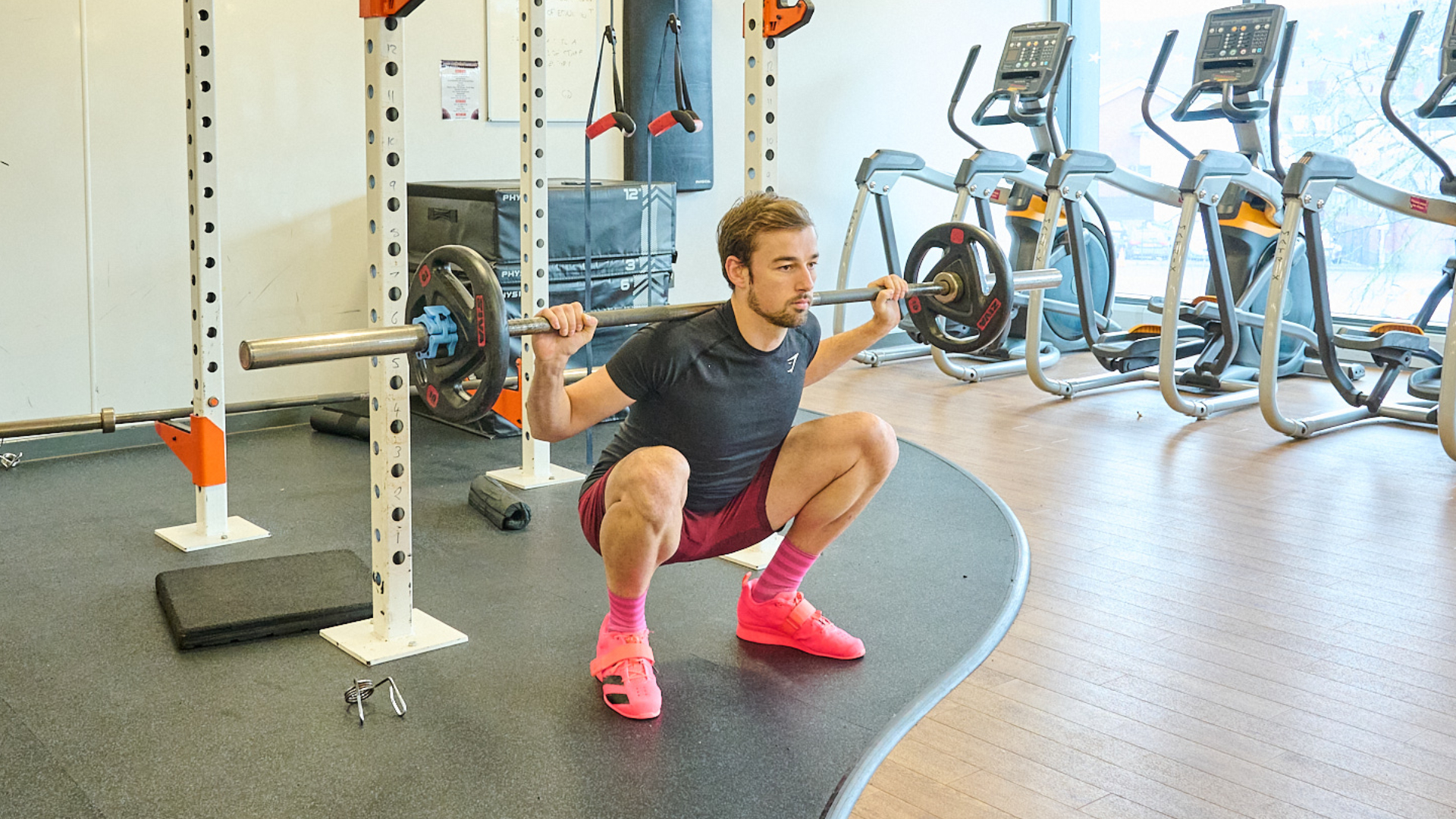
As your on-bike training load increases, it’s important to modify strength and conditioning work off the bike to prevent fatigue that could negatively impact high-intensity sessions. But that doesn’t mean sidelining it completely. “The stronger you are, the less effort is required to push the pedals round and the less energy you need to use up,” explains Jon Cree, founder of Cycling Strength Coach.
Maintaining, rather than building, your strength is the solution when you want to be doing more riding or when racing, and Cree’s advice is to keep the weights the same but change the other variables (frequency, sets) to minimise fatigue.
“The research says that if you maintain the load, you’ll maintain your strength. In a younger population, that could be one session a week doing as little as one set, while for those aged 40-plus, you’re looking to do two sessions a week and two to three sets.”
If you don’t have access to weights, box and distance jumps are better than static bodyweight exercises, which are fine in terms of movement and efficiency but don’t overload the body enough to maintain strength. Cree believes that strength training and conditioning is vital to increase resilience against injuries.
21. Join a club

Going on a group ride with a cycling club might seem daunting when you see a pack whizzing along the road in their matching kit, but they aren’t all cliquey groups fixated on speed. “The main things for me are meeting lots of different people – not just different levels of cycling but also gender and ethnicity. You have a good chat as you go around and it’s a break way from the norm,” says Jim Mynott, who joined Amersham CC. Cycling club memberships start from as little as $/£25 per year, and some even come with the added benefit of discounts at local cafes and bike shops.
This full version of the article was published in the print edition of Cycling Weekly. Subscribe online and get the magazine delivered direct to your door every week.







